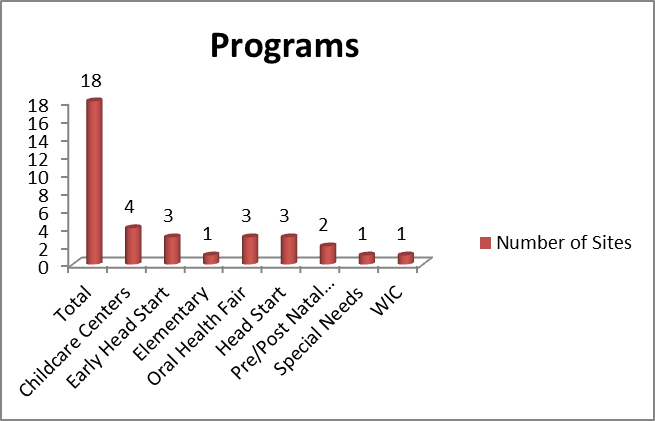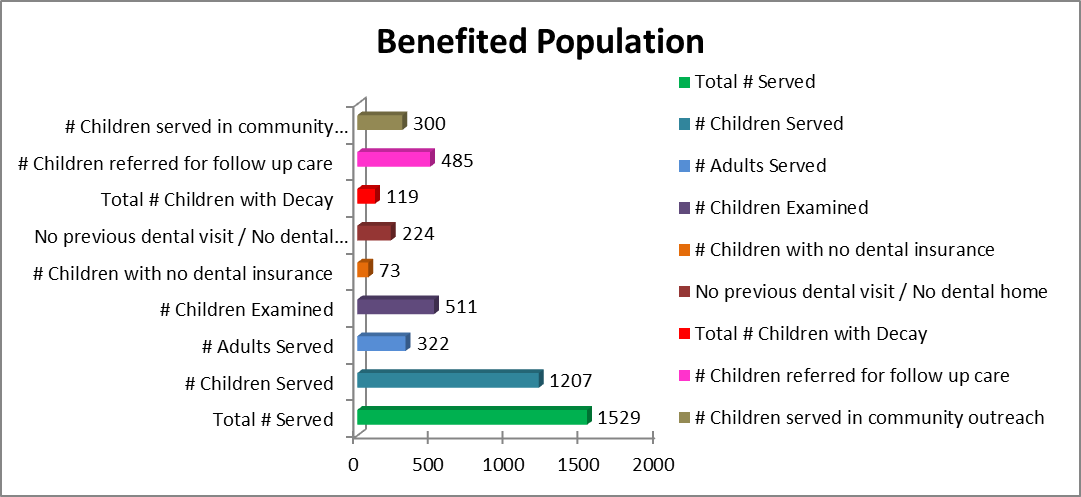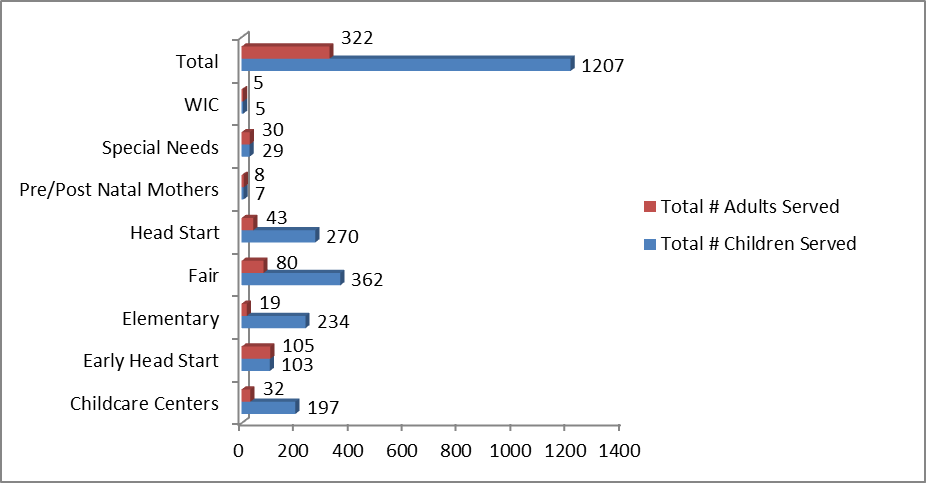Annual Reports
KinderSmile Foundation 2016 Annual Report
KinderSmile Foundation 2015 Smile File
KinderSmile Foundation 2014 Annual Report
KinderSmile Foundation 2013 Annual Report
PEW Report: Problems Identified

- Two-thirds of the states are failing to ensure that disadvantaged children get the dental health care they need.
- New Jersey meets only one of eight policy benchmarks in Pew assessment.
- The state exceeds just one national benchmark, Medicaid reimbursement rates for dentists; at 103 percent of the dentists’ median retail fees, it is the highest payment rate in school-based sealant programs.
- It is the least fluoridated state in the Northeast.
- Fewer than one in three licensed dentists in New Jersey participates in Medicaid, and just one in nine sees 50 or more Medicaid patients a year.
Solutions

- Providing Sealant Programs in High-risk Schools.
- Adopting New Rules for Hygienists in School Sealant Programs.
- Providing Care to Medicaid-enrolled Children.
- Fluoridating Community Water Supplies.
- Improving Medicaid Reimbursement Rates for Dentists.
- Tracking Basic Data on Children’s Dental Health.
- Reimbursing Medical Providers for Basic Preventive Care.
- Authorizing New Primary Care dental programs.
KinderSmile Foundation’s contribution

- Applying funds to obtain portable compressor, dental chair to provide onsite chair including sealants for at-risk children.
- Including Registered Dental Hygienists as a part of volunteer dental team who work under the supervision of licensed dentist to provide preventive care andOral Health Education.
- Working on participating to provide preventive care to children enrolled under Medicaid/New Jersey family care.
- Tracking Basic Data on Children’s Dental Health, providing age-appropriate preventive care, referring children to specialists based upon the need and dental insurance, follow-up with schools, head start, early head start programs and day cares regarding the treatment suggested and current status, through emails, phone calls and mails.
- Case management through phone calls and emails.
